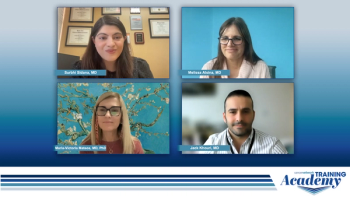
Jack Khouri, MD, presents the case of a 68-year-old patient with relapsed/refractory multiple myeloma and extramedullary disease treated with teclistamab.

Your AI-Trained Oncology Knowledge Connection!


Jack Khouri, MD, presents the case of a 68-year-old patient with relapsed/refractory multiple myeloma and extramedullary disease treated with teclistamab.

The panel discusses their potential treatment approaches for the presented patient case and how they select patients with relapsed/refractory MM for teclistamab and optimally sequence therapies.
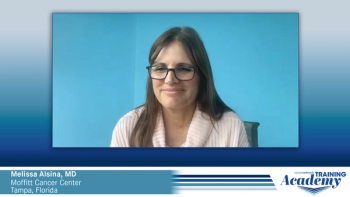
Melissa Alsina, MD, explains the mechanism of action, data updates and dosing schedule of the BCMA-targeting bispecific antibody teclistamab.
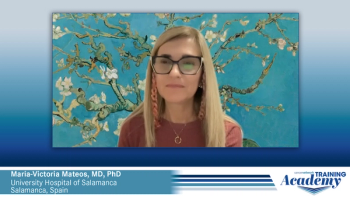
Maria-Victoria Mateos, MD, PhD, reviews how she manages the side effects of teclistamab, including cytokine release syndrome, in patients with relapsed/refractory multiple myeloma.
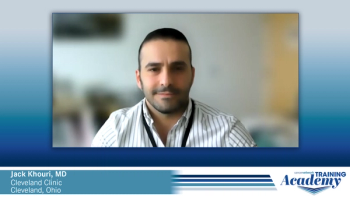
Dr Jack Khouri highlights recent data updates on other BCMA-targeting bispecific antibodies that are in clinical development in multiple myeloma.
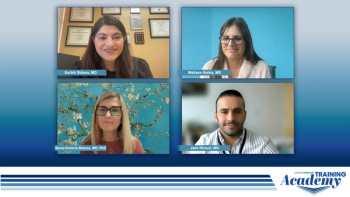
The panel shares their experiences with the sequencing of BCMA-targeting therapies in MM, with particular focus on treatment of patients who progress on CAR T-cell therapy with teclistamab.

Melissa Alsina, MD, presents the case of a 39-year-old patient with multiple myeloma who has disease progression after initially responding to teclistamab.

The panel discusses how they would approach the treatment of a patient with relapsed/refractory MM who progresses on BCMA-targeting bispecifics.

Dr Maria-Victoria Mateos shares her expert perspectives on current efficacy and safety data on combination strategies with bispecifics in relapsed/refractory MM.

Maria-Victoria Mateos, MD, PhD, presents the case of a 52-year-old patient with penta-exposed MM who receives treatment with a non-BCMA-targeting bispecific.

The panel discusses how non-BCMA-targeting bispecifics might be selected and sequenced in MM.

Experts review recent data on non-BCMA-targeting bispecifics for the treatment of R/R MM.

The panel looks to the future of relapsed/refractory multiple myeloma treatment and the remaining unmet needs for patients.